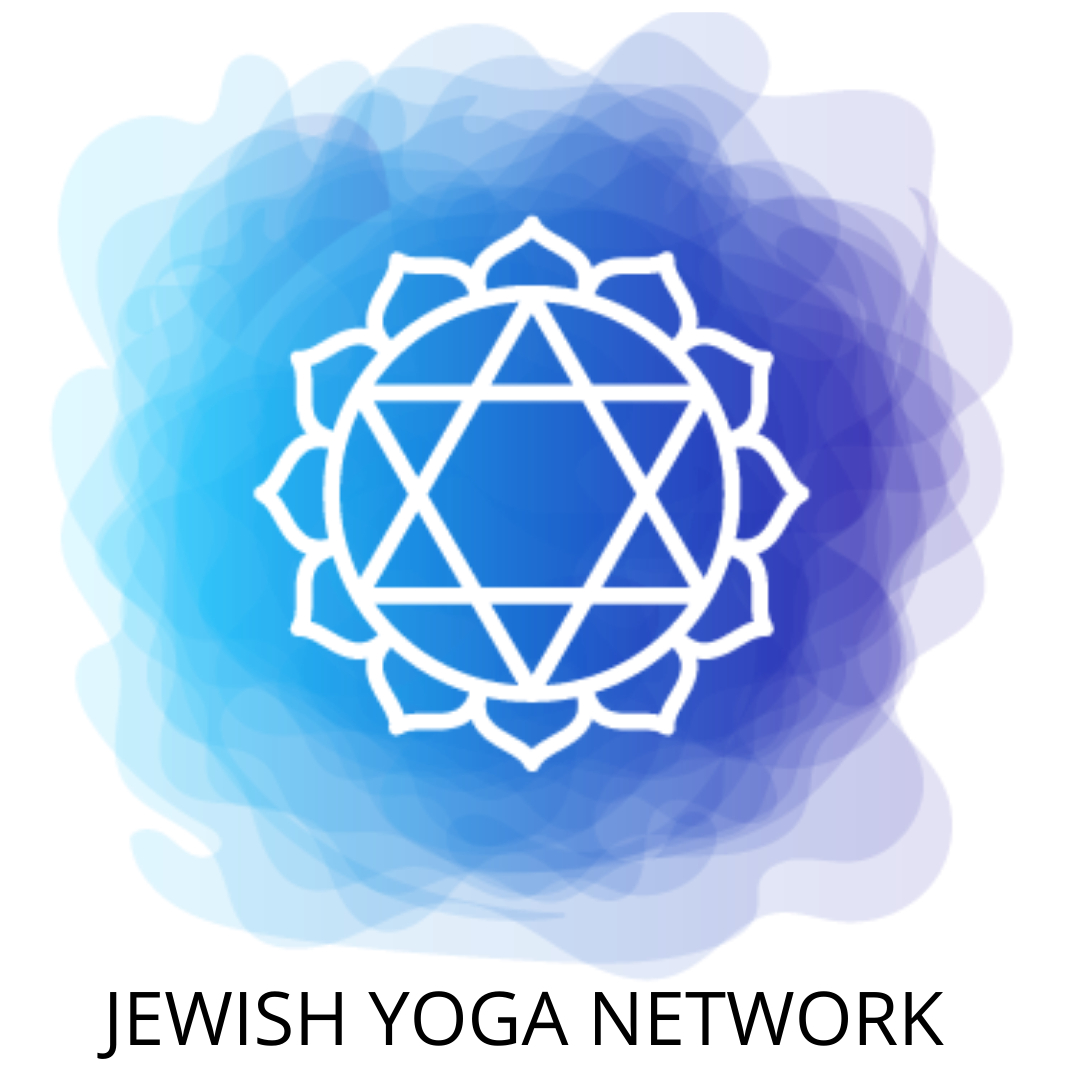Bending yoga to fit their worship needs
By NOMI MORRIS
Christian pop music played quietly in the background as instructor Bryan Brock led a recent yoga class at the nondenominational Church at Rocky Peak in Chatsworth.
Incorporating prayer and readings from the Bible, Brock urged his class of about 20 students to find strength in their connection to their creator through yoga’s deep, controlled breathing. “The goal of Christian yoga is to open ourselves up to God,” he said. “It allows us to blur the line between the physical and the spiritual.”
The instructor then recited the Lord’s Prayer while his students moved slowly through a series of postures known as the sun salutation.
Such hybrid classes, which combine yoga practice with elements of Christianity or Judaism, appear to be growing in popularity across Southern California and elsewhere.
Some Christians call their versions of the discipline holy yoga or Yahweh yoga and some teachers urge participants to “breathe down Jesus.” Jewish yogis, in turn, have developed -- and in some cases, even trademarked -- Torah yoga, Kabbalah yoga and aleph bet yoga, applying Eastern meditative movements to Jewish prayer and study.
Meanwhile, Californian Muslims who practice yoga have yet to merge it with the teachings of the Koran or worship of Allah, a local leader says. And there are skeptics within all three Abrahamic religions who question whether it is proper to integrate the Hindu-based spiritual practice into Western monotheistic traditions.
Rayna Mike said she was skeptical of yoga before she started going to Brock’s class at the Church at Rocky Peak, an evangelical congregation. “I never did it before because I considered it Eastern philosophy and I didn’t want any part of it,” said Mike, a Bel-Air businesswoman.
Mike changed her mind when her trainer at the Church on the Way in Van Nuys recommended the yoga class, and she said the practice has improved her health while feeding her soul.
“You can go and sweat anywhere, but that’s not the point,” she said. “This is a beautiful thing. It’s an answer to my prayers.”
Brock completed a 200-hour accredited course in Phoenix designed by Brooke Boon, author of the book “Holy Yoga.” Boon has trained nearly 200 Christian yogis, about a dozen of whom are teaching in Southern California.
“Christ is my guru. Yoga is a spiritual discipline much like prayer, meditation and fasting,” Boon said in a telephone interview. “No one religion can claim ownership.”
Some fundamentalist Christians distance themselves from yoga, saying it is inseparable from Hinduism or Buddhism and therefore dangerous, even blasphemous. Some Orthodox Jewish authorities warn that if practiced with all its Eastern components, including Sanskrit chanting and small statues of deities, it amounts to avodah zarah, or the worship of false gods.
For many religious Jews, Christians and Muslims, viewing yoga as a physical rather than spiritual practice solves the dilemma.
But Rabbi Avivah Winocur Erlick, a chaplain at Providence Tarzana Medical Center, says it is impossible to separate yoga from her Jewish spiritualism. About six years ago, Erlick began having intense spiritual experiences while doing yoga. She sought advice from a rabbi.
“He said, ‘God has been trying to reach you all these years and he is reaching you through yoga,” Erlick recalled. The rabbi challenged her to reconcile yoga with Judaism, which led to five years of study to become a rabbi. “For me, yoga is prayer,” Erlick said.
Erlick, who is writing a book on the subject, says Jews have vigorously debated the issue for two decades. She counts 83 active teachers, mainly in the U.S. and Israel, who combine yoga and Judaism.
One is Californian Ida Unger, who draws on Kabbalah, Jewish mysticism, to interpret yoga postures as Hebrew letters. Unger recently demonstrated her aleph bet yoga to seniors at Los Angeles’ Milken Community High School.
“I was in a triangle pose and I had an epiphany. I was an aleph,” Unger told the class, posing in the shape of the first letter of the Hebrew alphabet.
“In Kabbalah, letters are the building blocks with which the holy creator is channeled to Earth.”
Unger chants shalom (peace) instead of om, and recites the daily Jewish prayer for awakening when she does the sun salutation.
Milken students Jamie Mayer and Sharon Winter, both 17, said they found the hybrid yoga class more spiritually fulfilling than conventional synagogue services.
“I want my yoga practice to be my daily prayer. It’s not instead of, but in addition to, my other Jewish practices,” Jamie said.
Rabbi Yechiel Hoffman, who teaches the teens’ Jewish Thought class at Milken, said there are “places of alignment and integration” between yoga and Judaism -- particularly in Kabbalah -- but he cautioned that important elements may be watered down or lost when religions borrow from one another.
Still, Hoffman has no problem with Judaism embracing yoga as it has embraced aspects of other cultures throughout history. “Judaism has always borrowed from other religions to re-energize itself,” he said.
For local Muslims, the debate is just beginning.
Although Islam’s mystical strain of Sufism was influenced by Indian yogic practices, some strict Muslims view it as out of bounds. In 2008, Malaysia’s top Islamic authority issued a fatwa, a nonbinding prohibition, against yoga. That angered Muslim yoga teachers across Asia, and many continue their yoga practice.
Muslim daily prayers already offer a “personal and direct connection with the creator,” says Shakeel Syed, executive director of the Islamic Shura Council of Southern California. He also believes that as long as there is no Hindu or Buddhist religious content, yoga is “no different than jogging around the track.”
Syed fully expects that some Muslims in California will eventually develop a hybrid spiritual practice.
“I’m sure one day somebody will try to combine yoga with Islam and they will get a following,” Sayed said.
